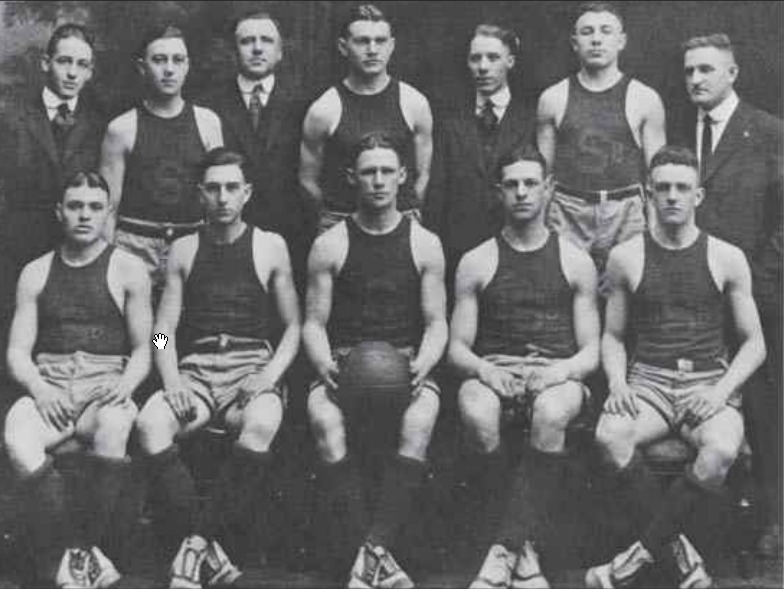The History of the Free Throw
- Author:
By Ryan Wood
- Date:
Nov 30, 2010
In 1891, while preparing to teach a gym class at the YMCA in Springfield, Mass.,
James Naismith came up with a game that was non-violent and a welcome distraction for kids stuck inside during the frigid New England winters. Naismith wrote up 13 rules for his game, and called it basket ball.
The free throw was not mentioned among the original 13 rules. In fact, the closest thing was rule No. 7, which stated "If either side makes consecutive fouls it shall count a goal for the opponents."
After a little bit of tweaking, the free throw as we know it today was put into place--more than 115 years ago.
According to Naismith's book, "Basketball: Its Origin and Development," the original penalty for committing a foul was tweaked to "if three fouls were committed by one team without the other team having committed a foul, the team that was fouled should receive one point."
Of course, considering all baskets were one point back then, it proved to be a serious offense to foul a player. Soon after, Naismith recognized that it was too severe of a penalty, and adjusted it so that all field goals were three points, and all fouls were an automatic one point.
Further evolving it, Naismith decided that victims of a foul should instead be rewarded with a 20-foot shot, the first version of the free throw. If that 20-foot shot was made, it counted as a field goal.
The last major change took place in 1895, when the free-throw line was moved up to 15 feet. In 1896, point totals were changed to two points for a regular field goal and one point for a free throw.
For 29 years, those rules stood. But there was a quirk. Back then, a team could choose who they wanted to shoot the free throws. Teams would often pick a good shooter and designate him as the team's sole free-throw shooter. According to Naismith's book, "This player soon became so expert that he could throw the ball into the basket a large percentage of the time; this meant that a foul was practically as good as a goal."
Not wanting that, the rules changed again in 1924. From that point forward, players had to shoot their own free throws if they were fouled.
This was the last major change made to free-throw shooting. While college basketball was going strong at that point, the free throw was essentially finalized 22 years before the NBA would play its first game.
Of course, minor tweaks have continued to basketball's rule book, and some have impacted the free throw. Among the NCAA rules that have been polished over the years:
- Between 1939 and 1952, teams could decline shooting the free throws and instead elect to inbound the ball at half court.
- In 1990, the NCAA started allowing three free throws to be awarded if a player is fouled during a 3-point shot.
- The one-and-one free throw is introduced in 1954, which in certain situations allowed for a second free throw to be shot only if the first one is converted.
At first, the free throw was controversial. Why, some wondered, should a game potentially be won or lost on a shot that doesn't allow for any defense to be played?
Naismith had the answer in his book, and it's a philosophy that still is supported today.
"I have often overheard some spectators express the opinion that a game was won by free throws. I have always taken the attitude that the game was lost by fouls." Naismith wrote. "Personally, I believe that any tendency toward lessening the penalty of a foul would be a serious mistake."


